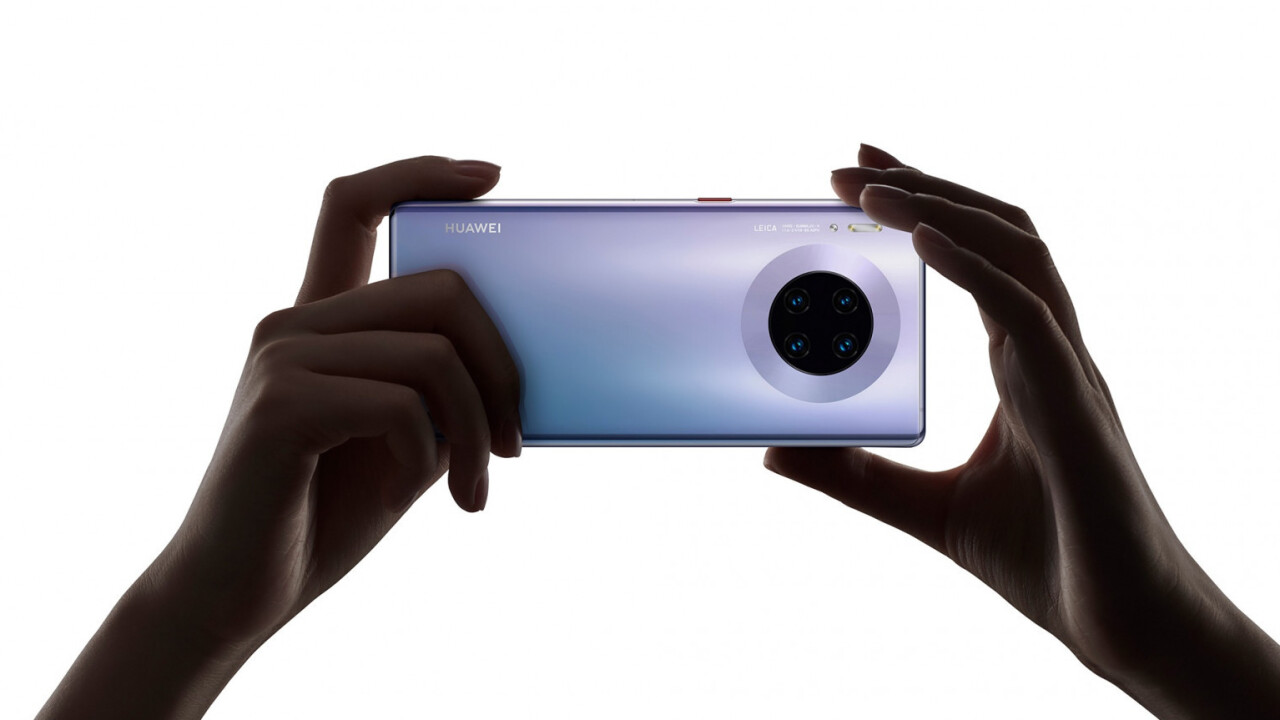
The Huawei Mate 30 Pro will ship without the Google Play store. This, of course, is no surprise. The Chinese tech giant is currently on a US entity list, which prohibits US-based companies from doing business with it.
Fortunately for Huawei, the company had its own app distribution ecosystem to lean upon.
Because Google’s operations in Mainland China are limited, Huawei has long been forced to maintain its own app store, called Huawei AppGallery. This is in addition to its own web browser and cloud storage services, which rival Google Chrome and Google Drive.
“We cannot use the Google Mobile Services core, we can use the Huawei Mobile Services (HMS) core,” explained Richard Yu, CEO of Huawei CBG on stage during the Mate 30 Pro launch event.

Google Play is how the overwhelming majority of Android users access applications. Although the Huawei AppGallery boasts over 390 million monthly active users (MAUs), much of this activity takes place within China.
Make no mistake, losing access to Google Play is nothing short of a body blow for Huawei’s global aspirations.
But a critical one? That remains to be seen. Huawei plans to spend $1 billion on developing and marketing its mobile application ecosystem. And while financial incentives will certainly encourage smaller developers to port their apps to the AppGallery, Huawei’s tremendous share of the smartphone market (only Samsung and Apple are bigger) will entice larger companies.
It’s also entirely possible that this move might ultimately be beneficial for Huawei.
Huawei’s international mobile business is focused primarily on hardware sales, with very few paid services to speak about. Google, on the other hand, is predominantly a services company. It made $24.8 billion from the Play Store last year.
If the AppGallery is a global success (which, admittedly, isn’t guaranteed), Huawei will be able to steal some of that revenue from Google, which skims 30 percent from all transactions, including in-app purchases and app sales. As I’ve long insisted, in any technological trade war with China, it’s the US firms that’ll ultimately fare worse.

And you can bet that other manufacturers will be watching closely. After all, the smartphone business is brutal, with fierce competition and improbably tight margins. If it becomes possible to pad revenues by ditching Google Play, you can guarantee other manufacturers will tread that path.
And, for what it’s worth, they wouldn’t exactly be trailblazers. Amazon has long used its own web browser and app marketplace on its Android-powered Fire tablets. According to the International Data Corporation (IDC), Amazon sold 1.6 million Fire tablets during Q2 2018 alone.
I’m not sure this is a trend to be encouraged, however. By fragmenting the marketplace, it’s consumers who suffer, ultimately having to tolerate an experience that’s inconsistent and fragmented across devices and manufacturers.
It’s also true that things could also go horribly pear-shaped for Huawei. Despite the Mate 30 Pro’s obvious technical prowess, the absence of the biggest Android app store could be a deal-breaker for consumers, who will instead choose to keep clear and buy devices from rival manufacturers like Samsung and OnePlus.
Only time will tell.
Get the TNW newsletter
Get the most important tech news in your inbox each week.





